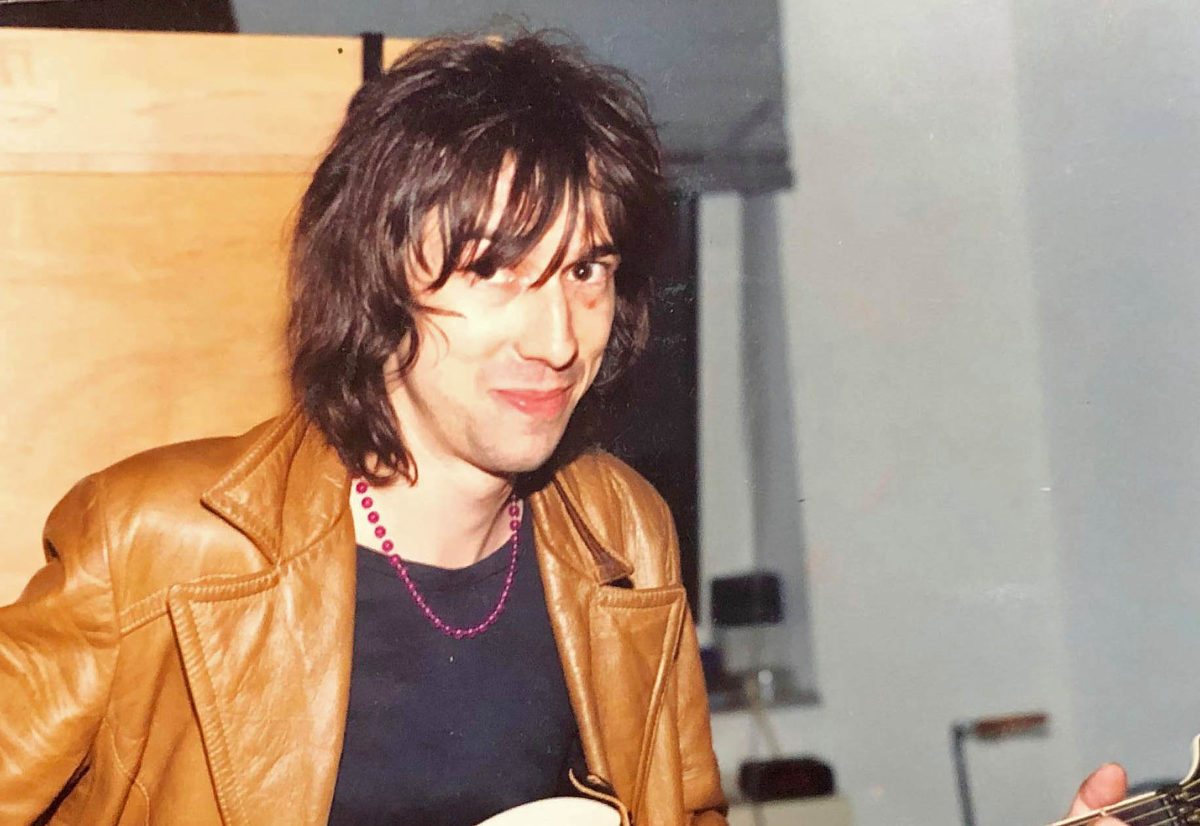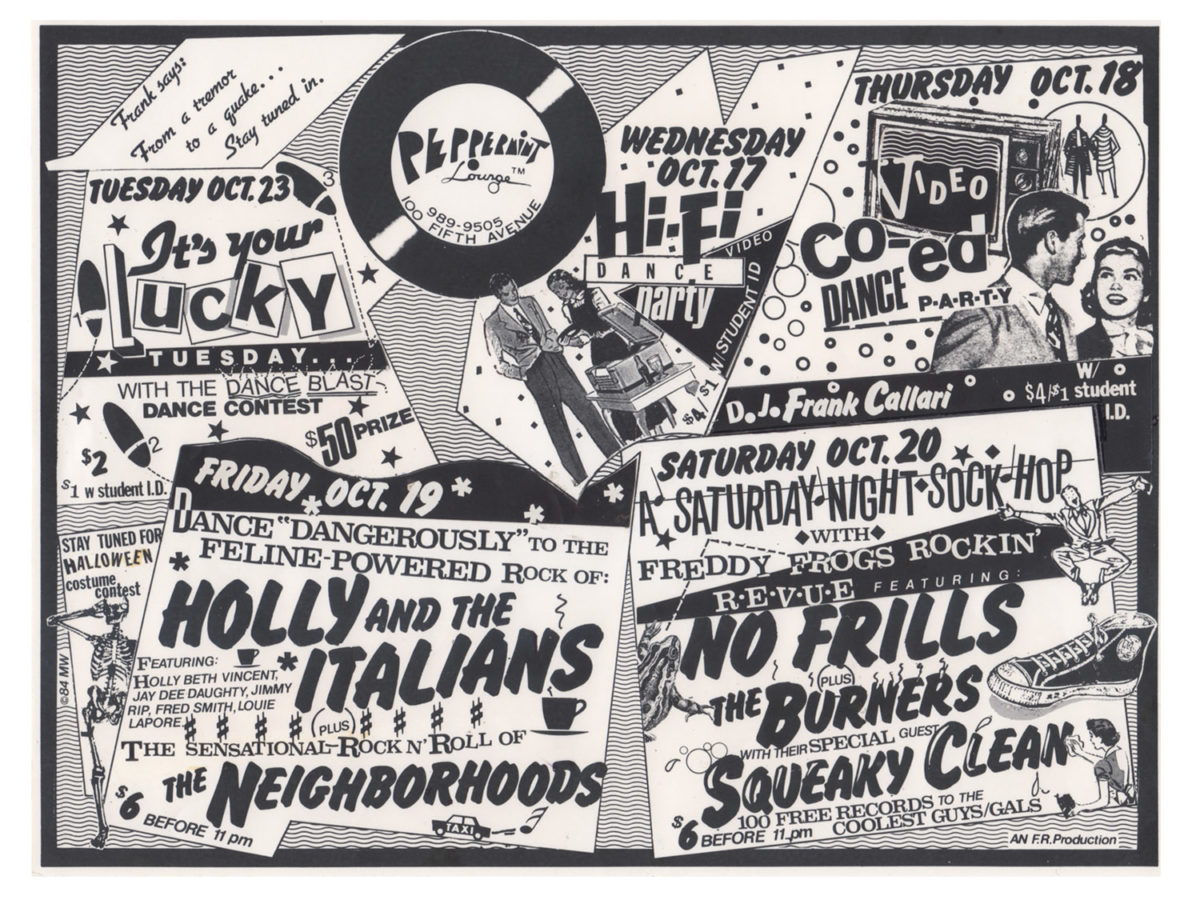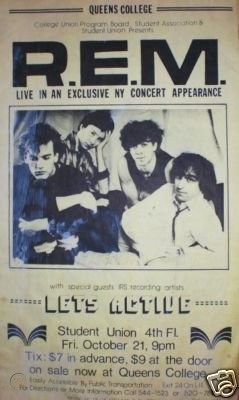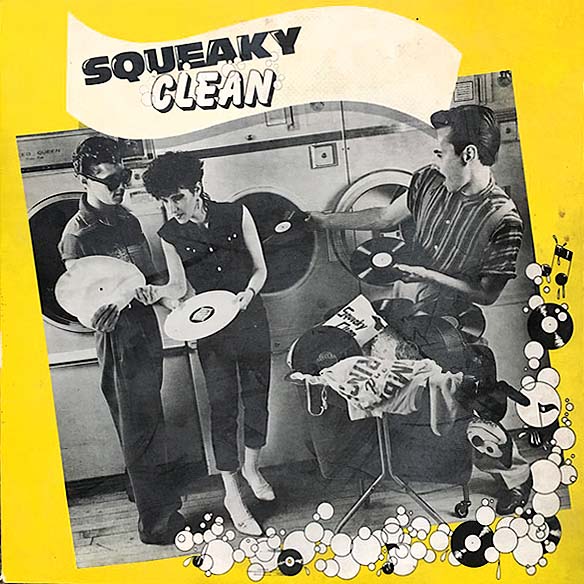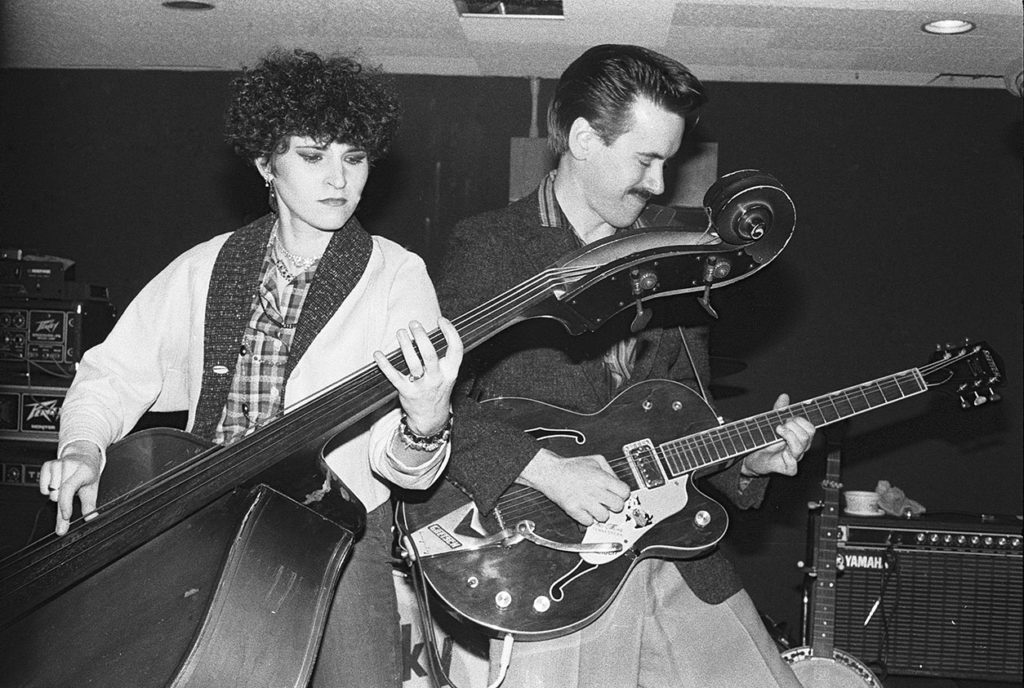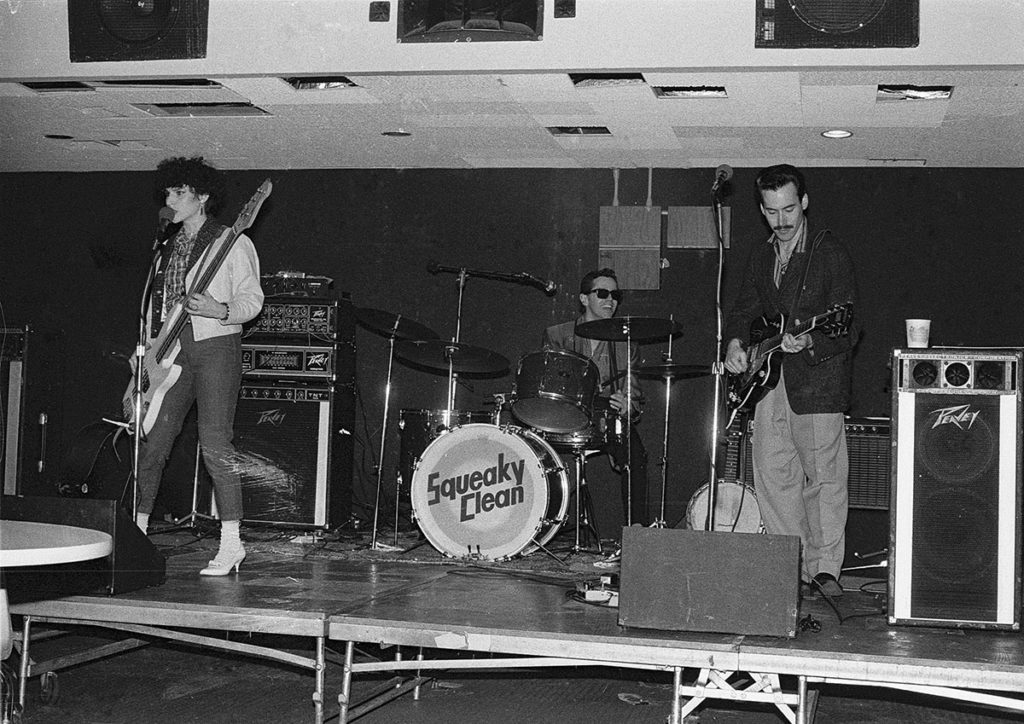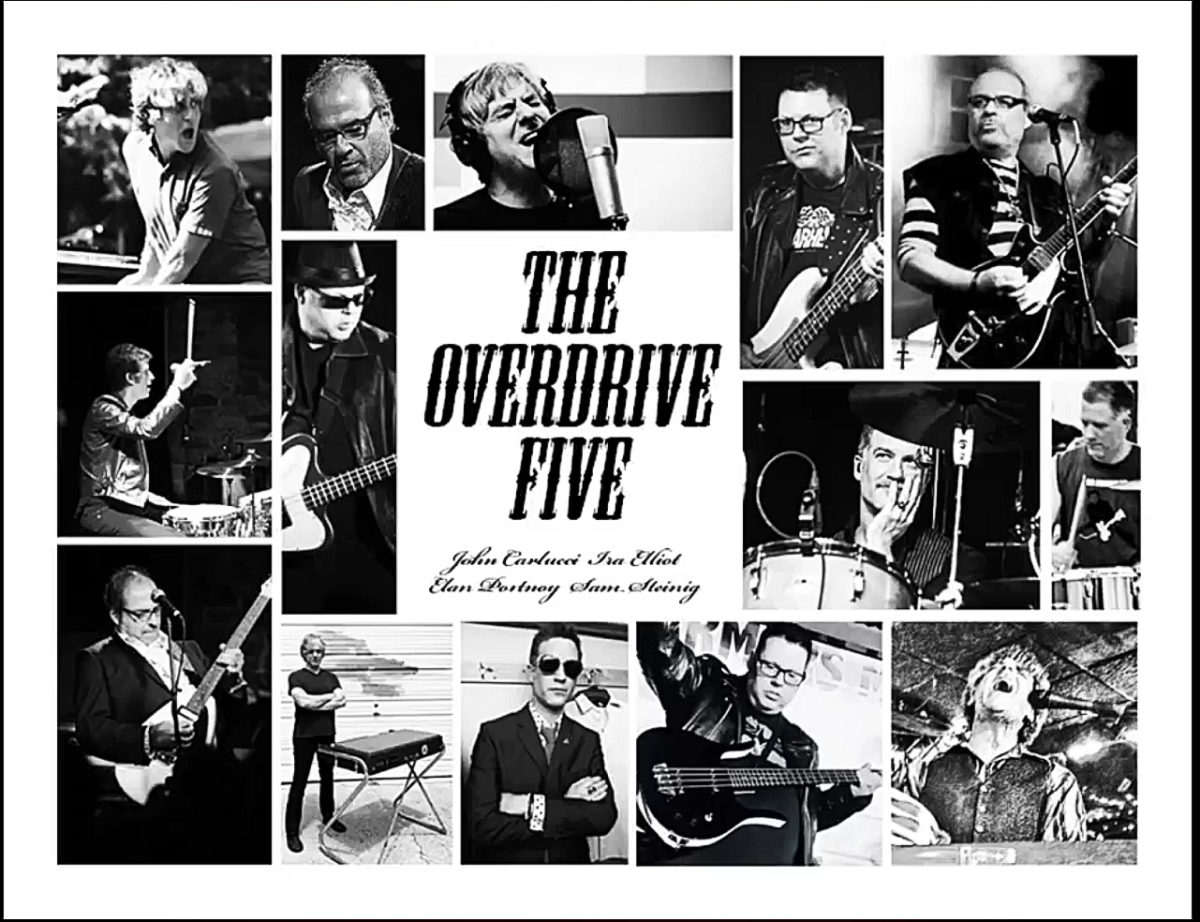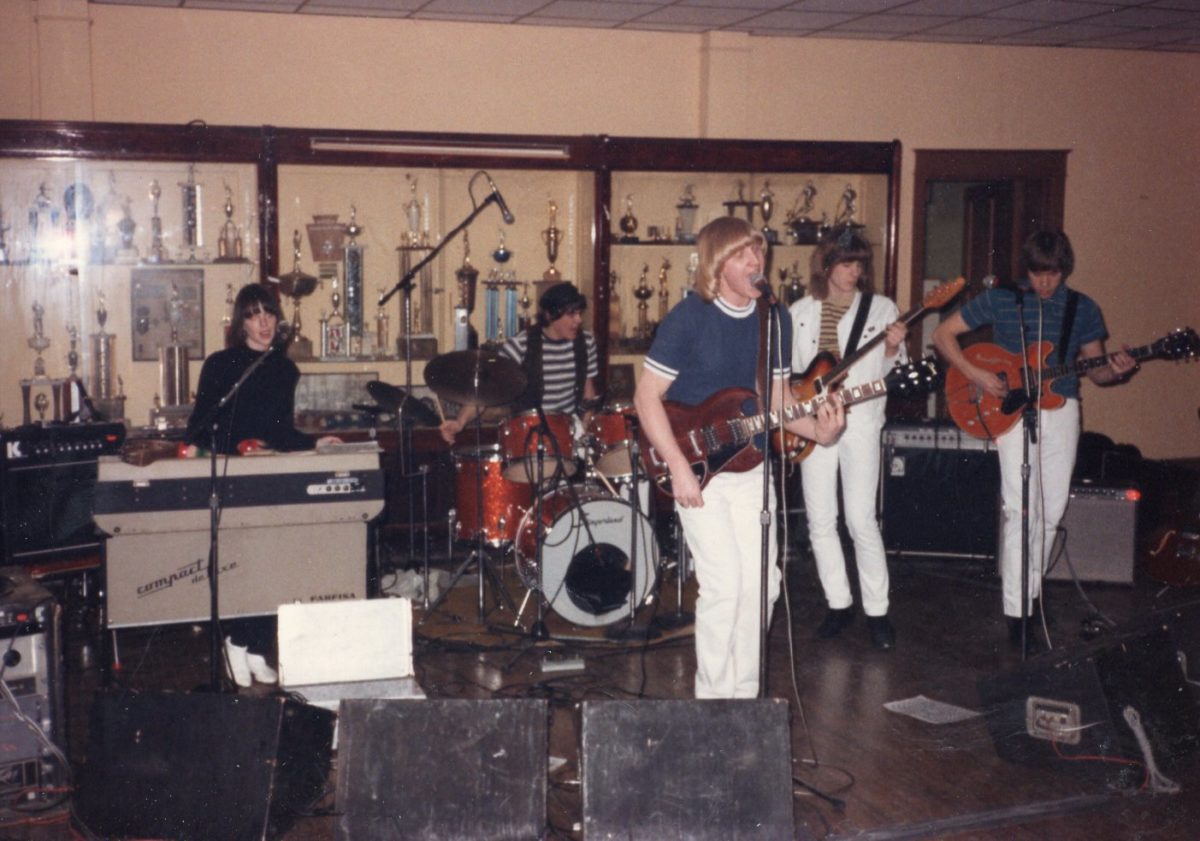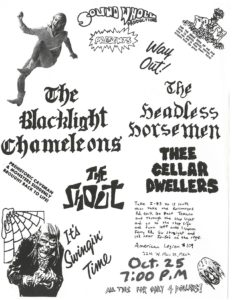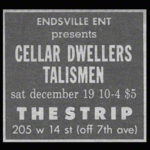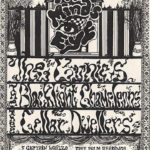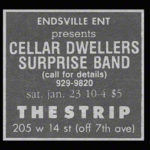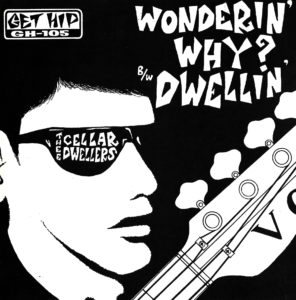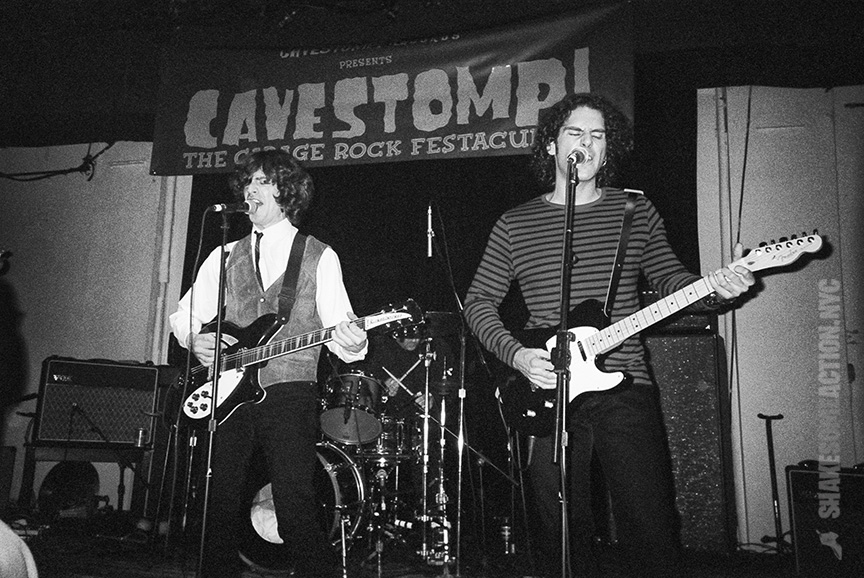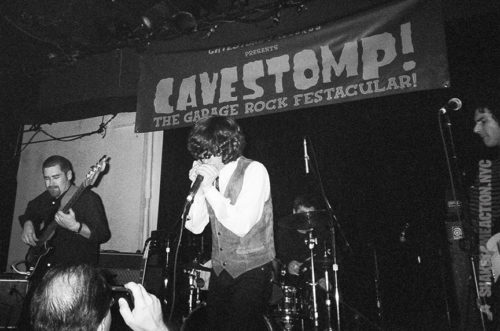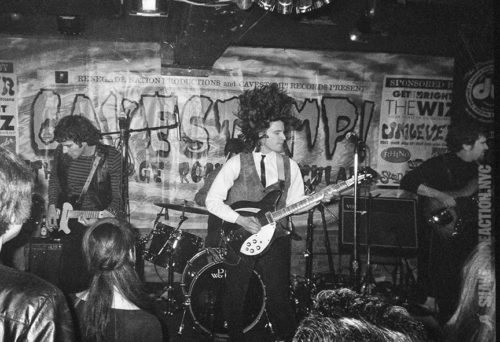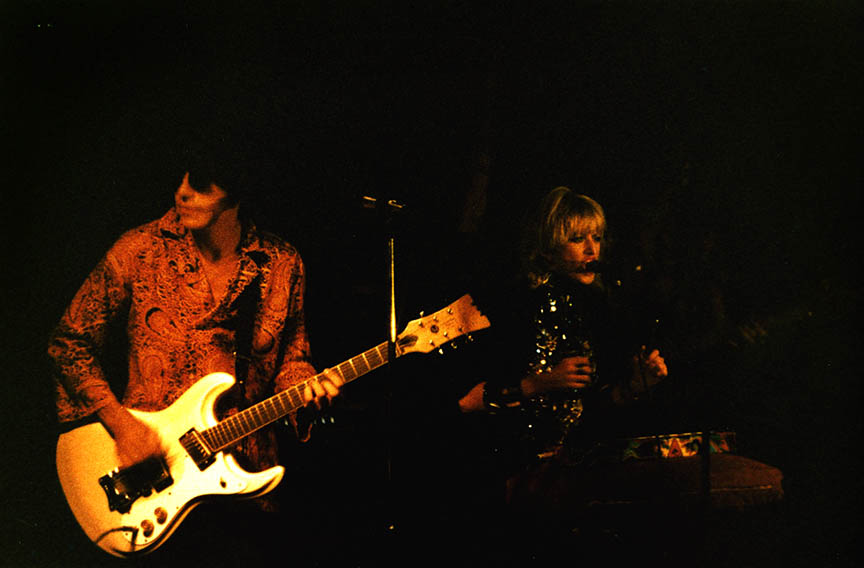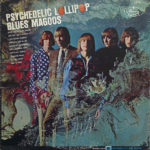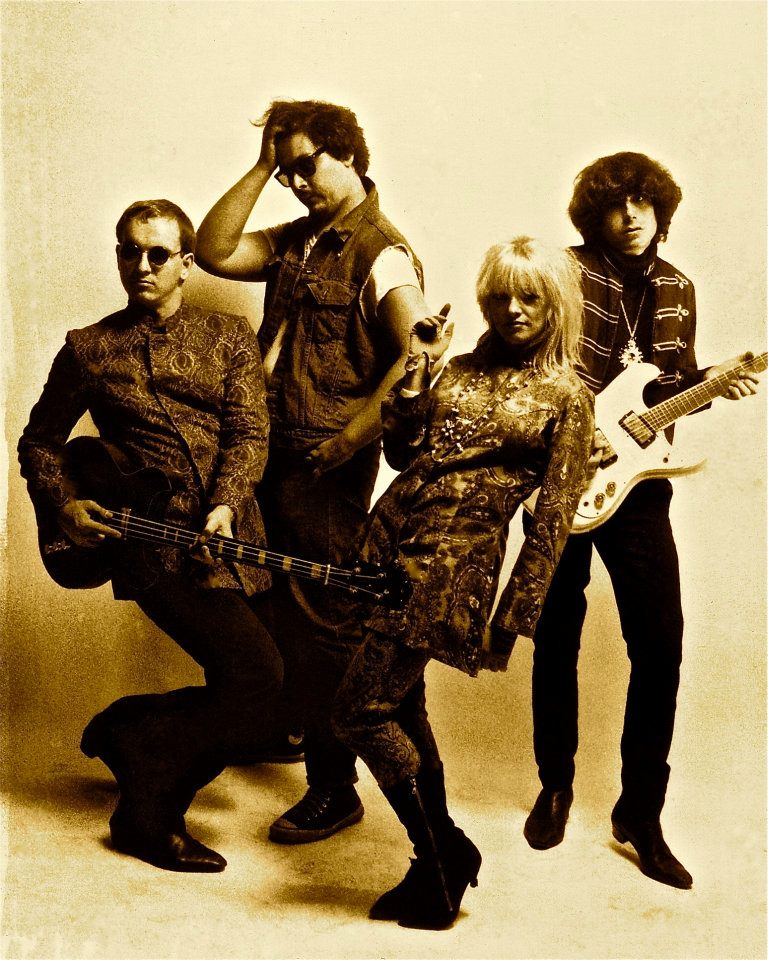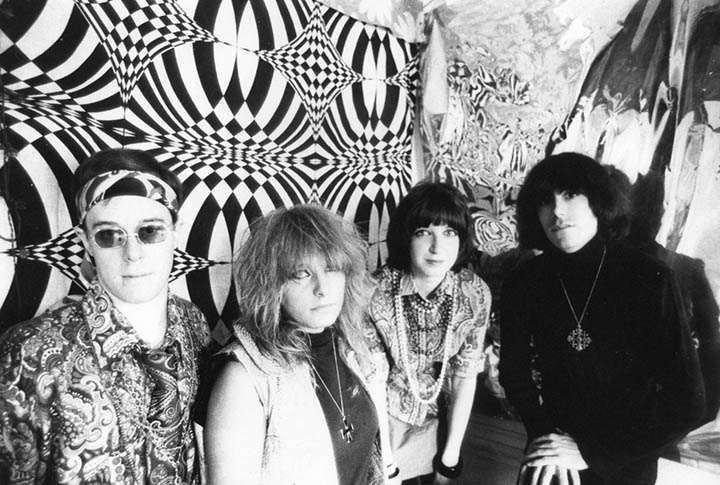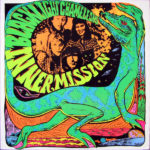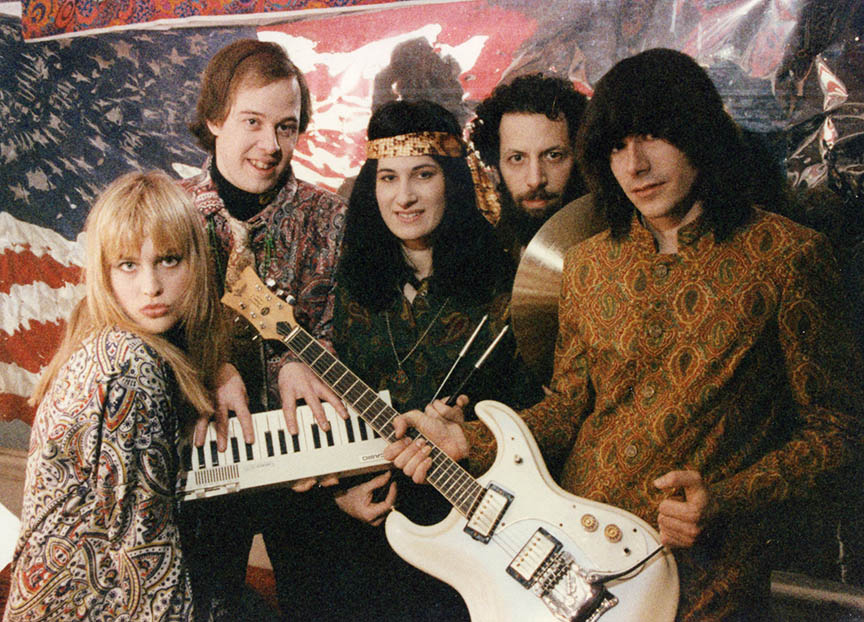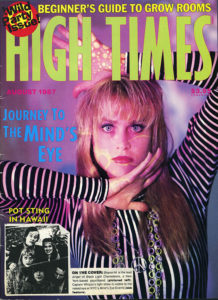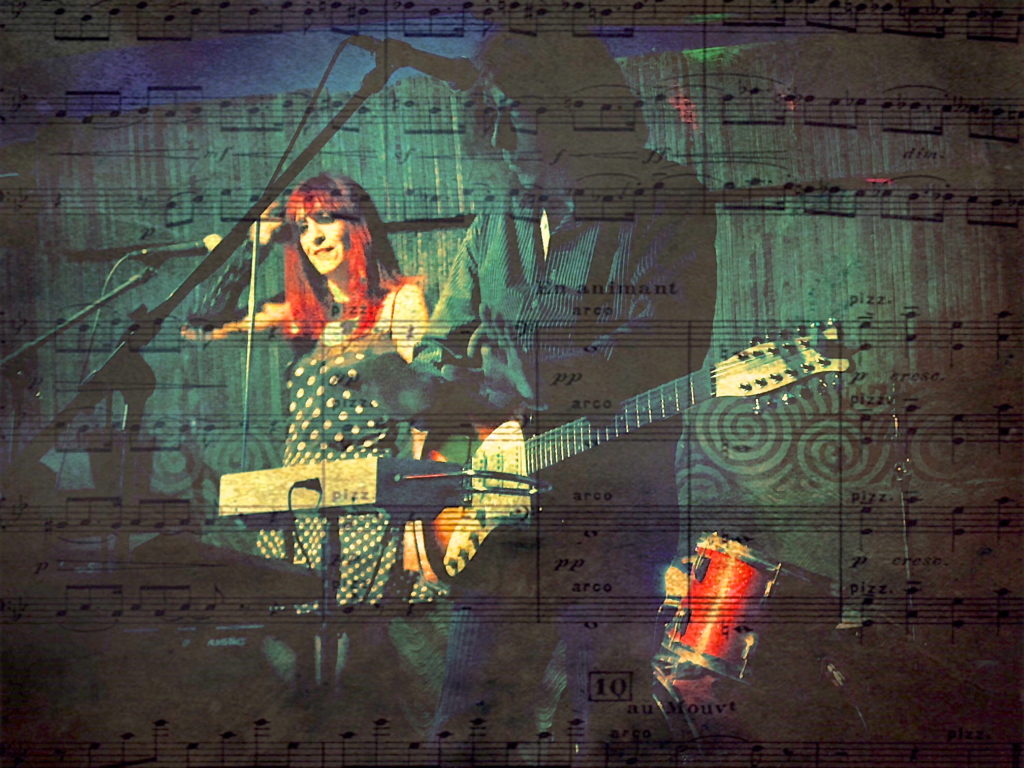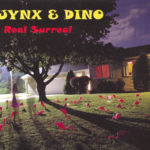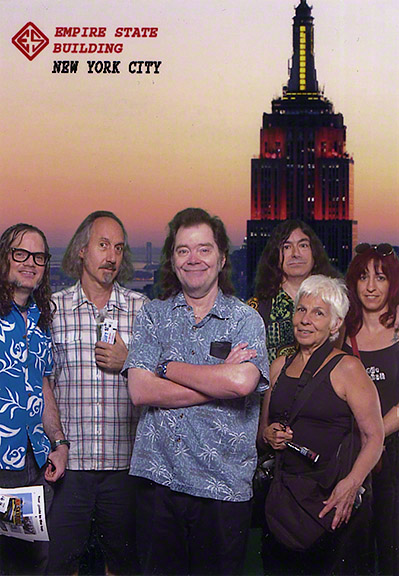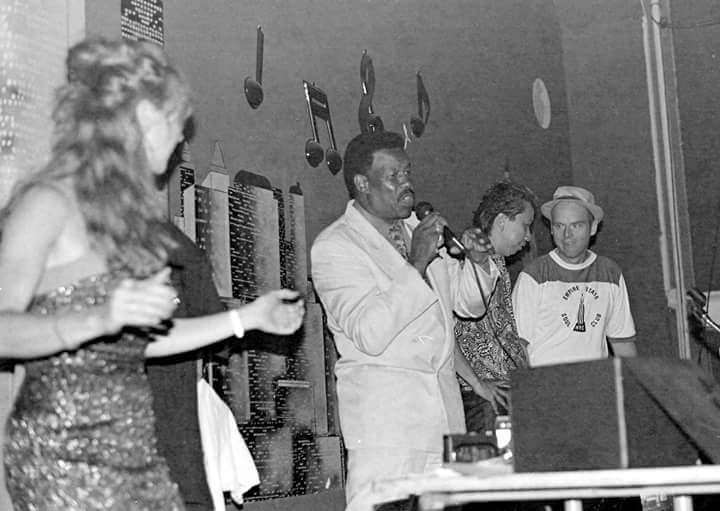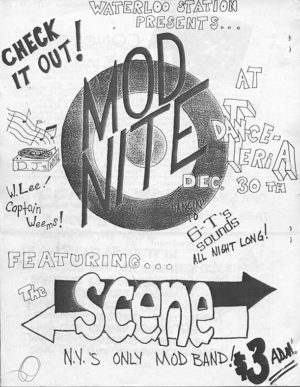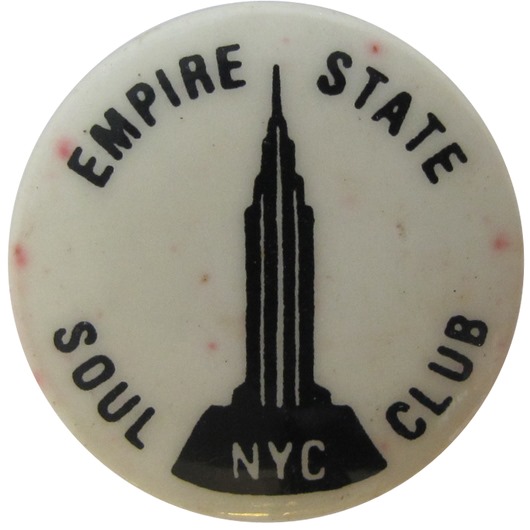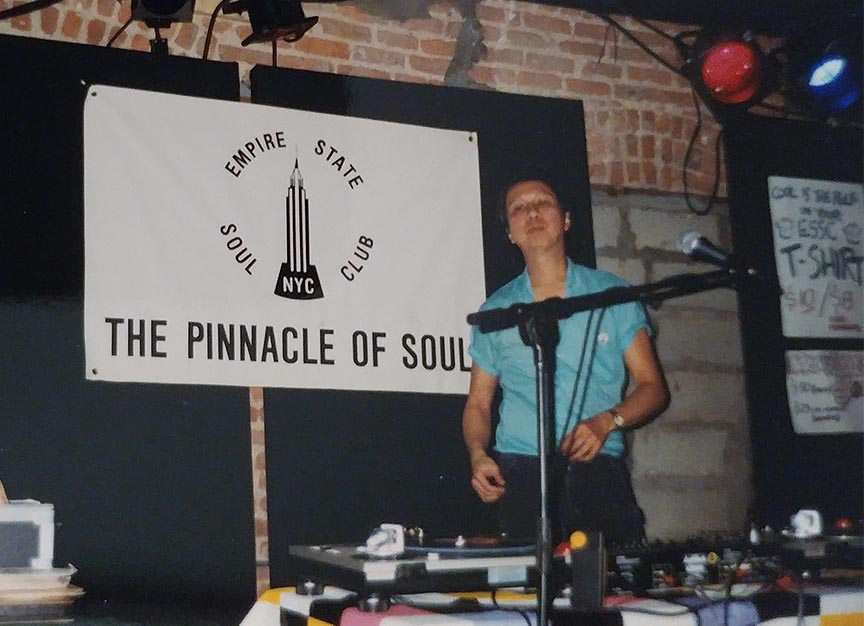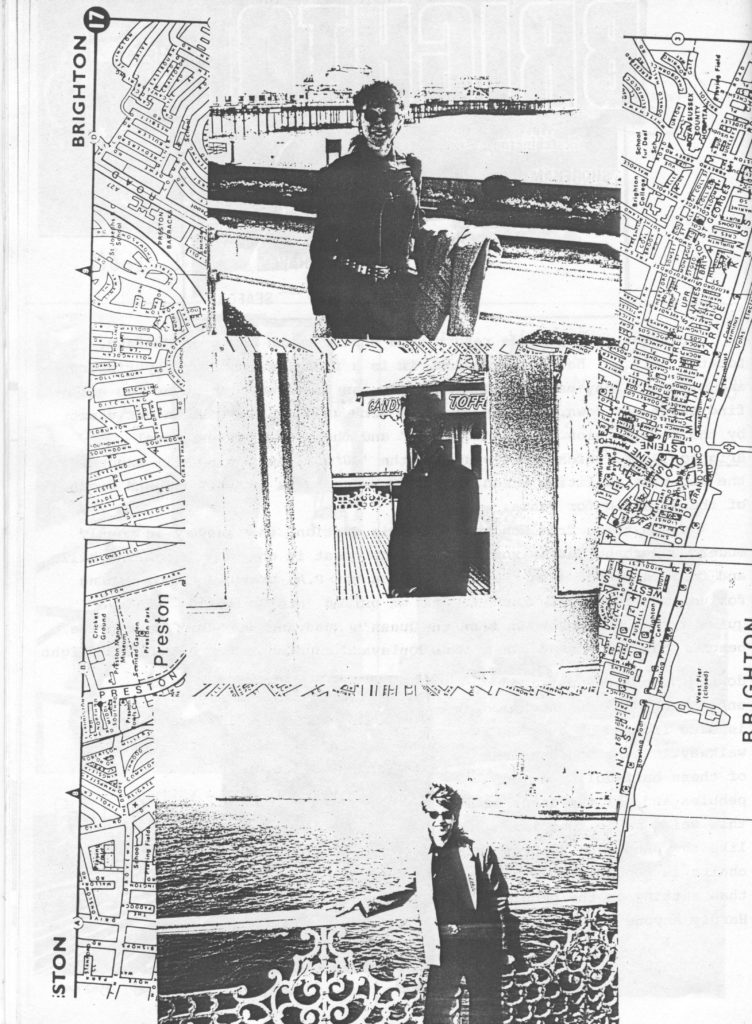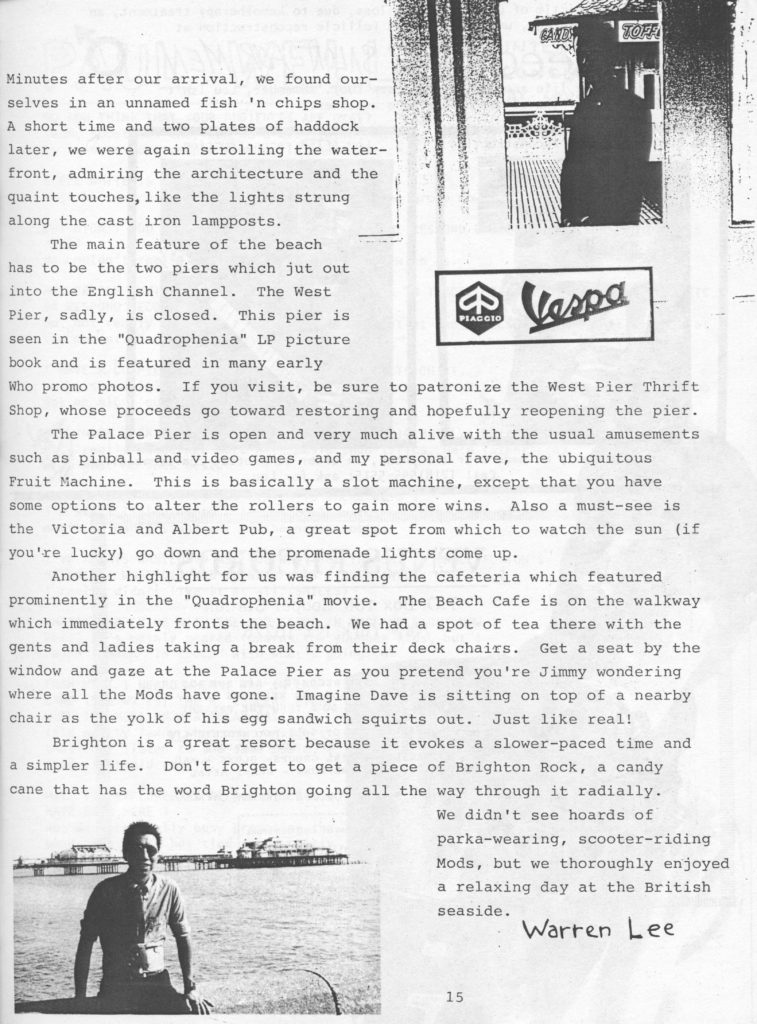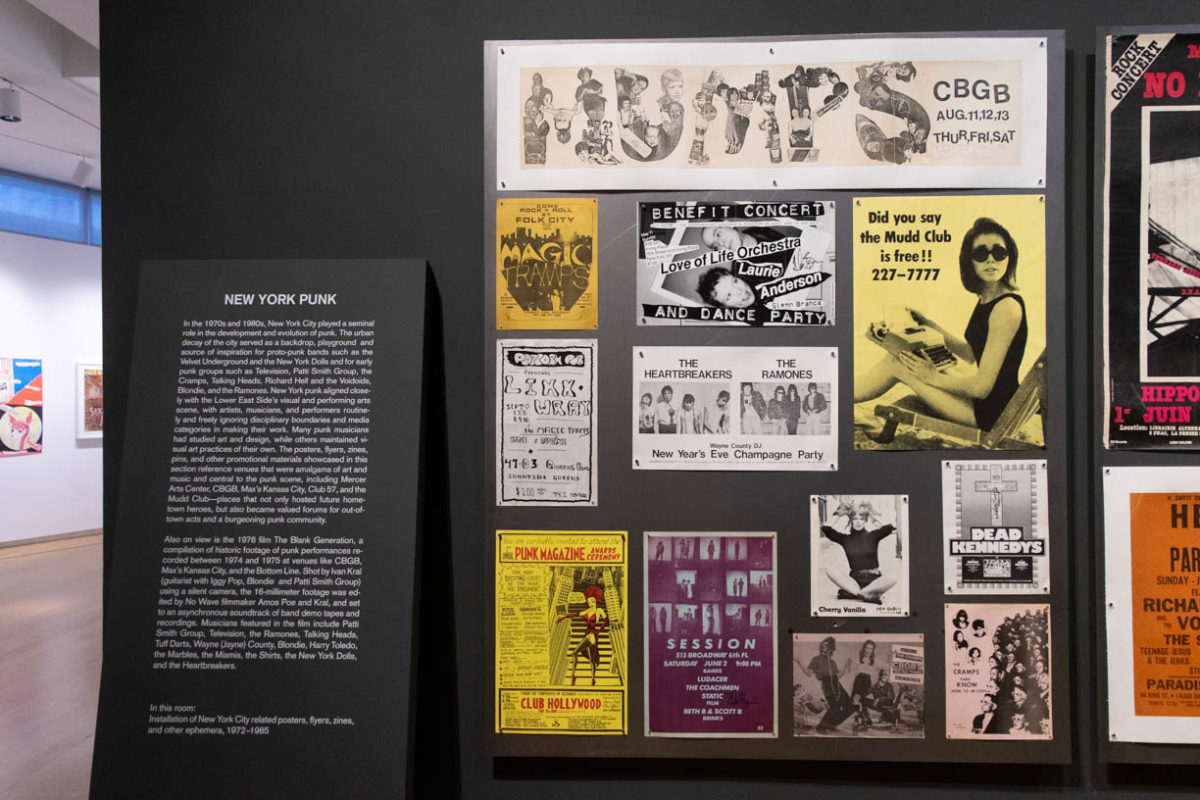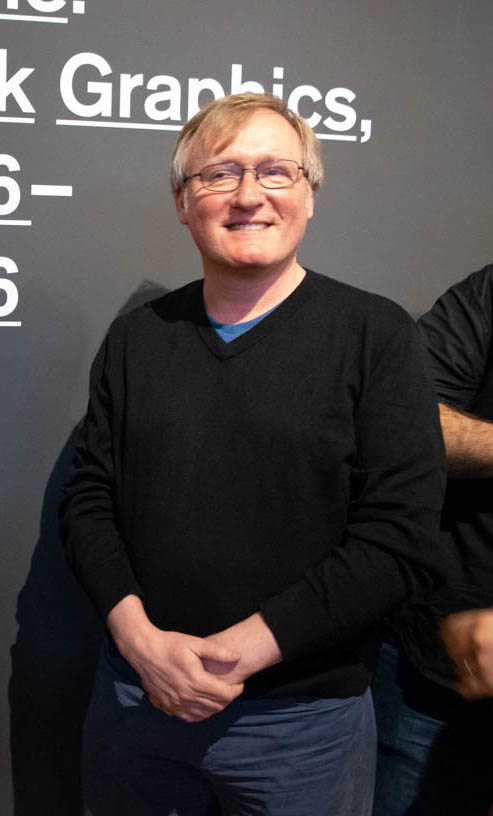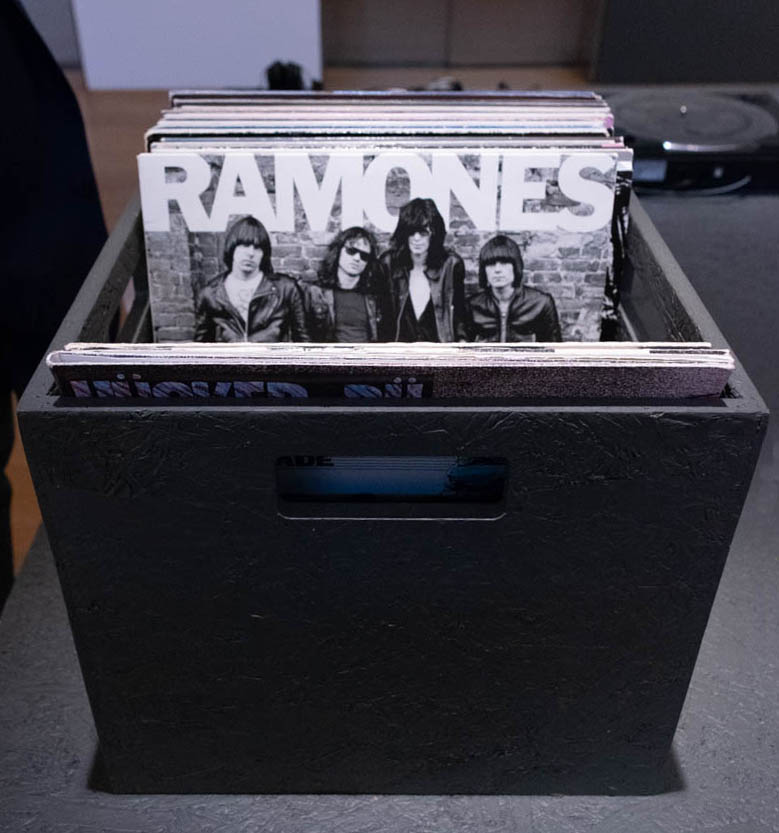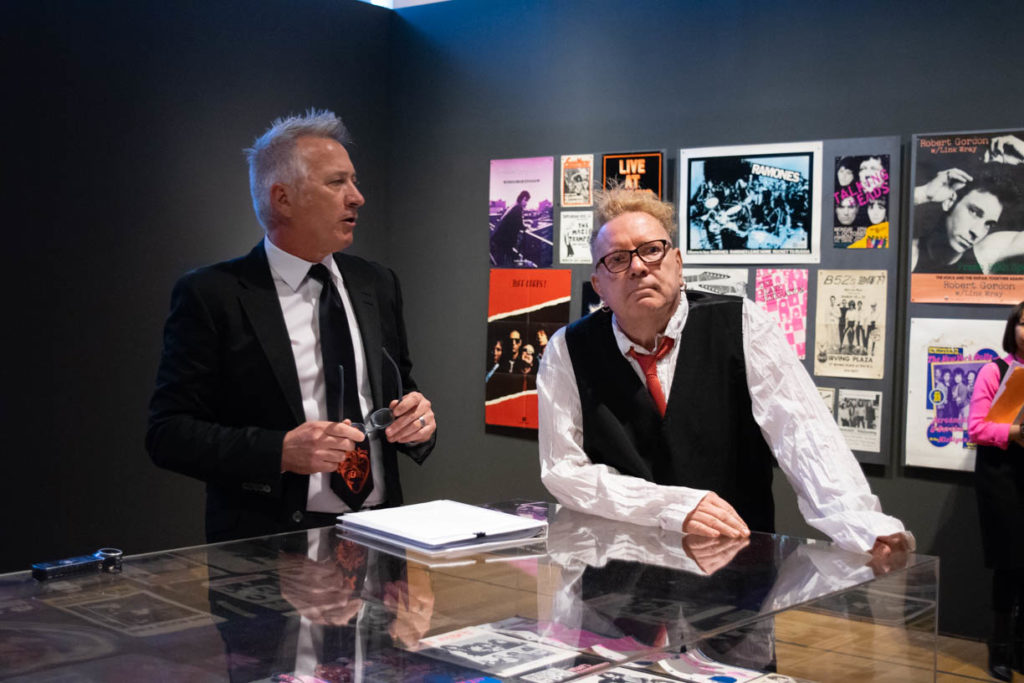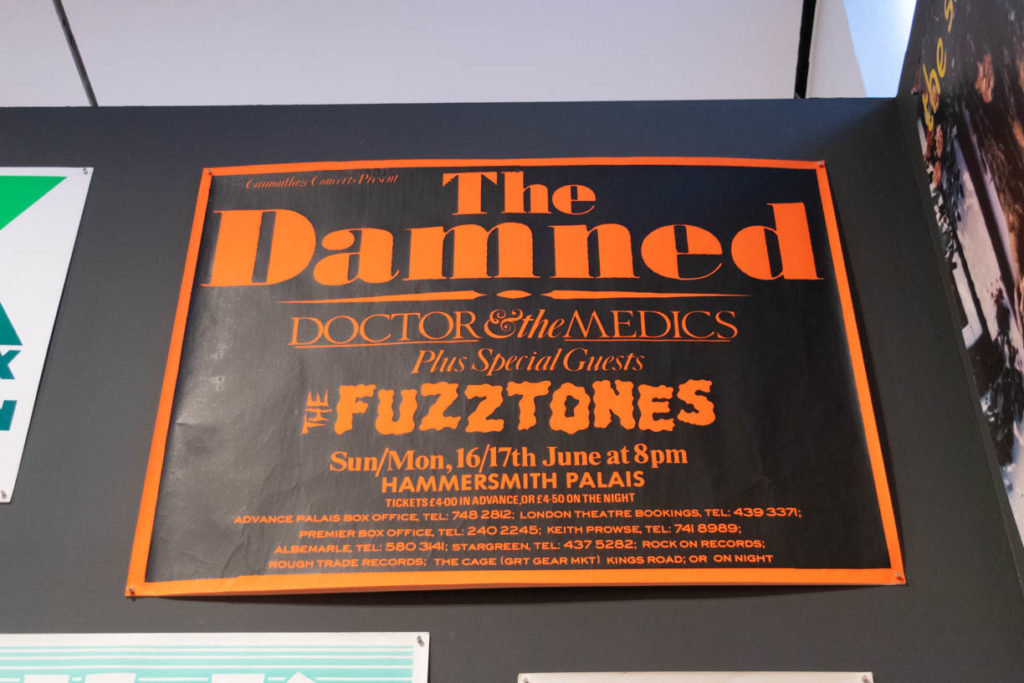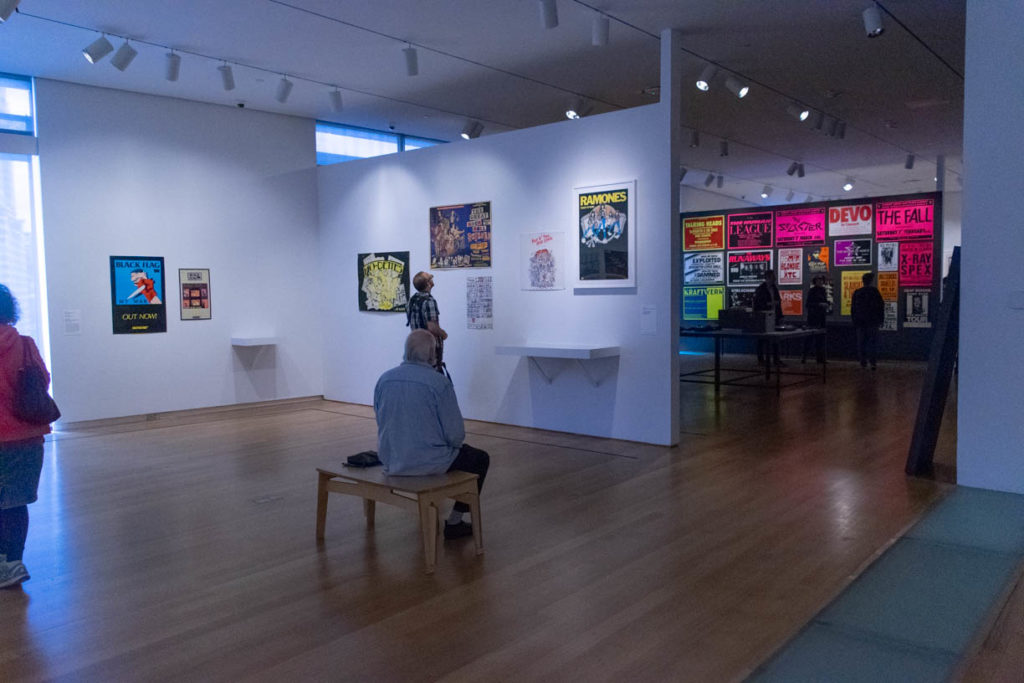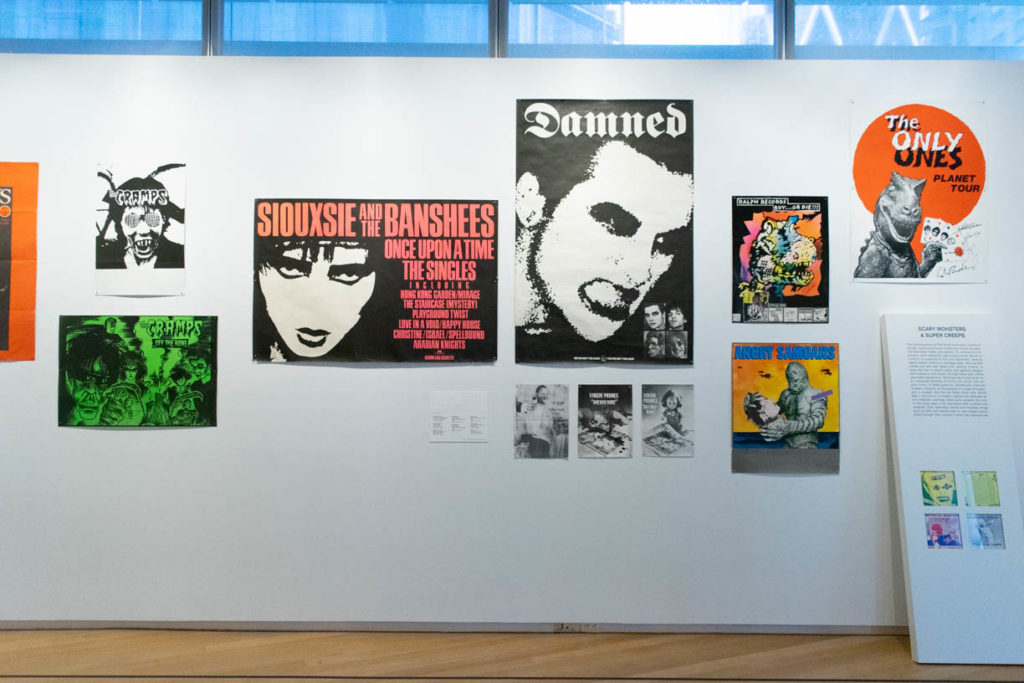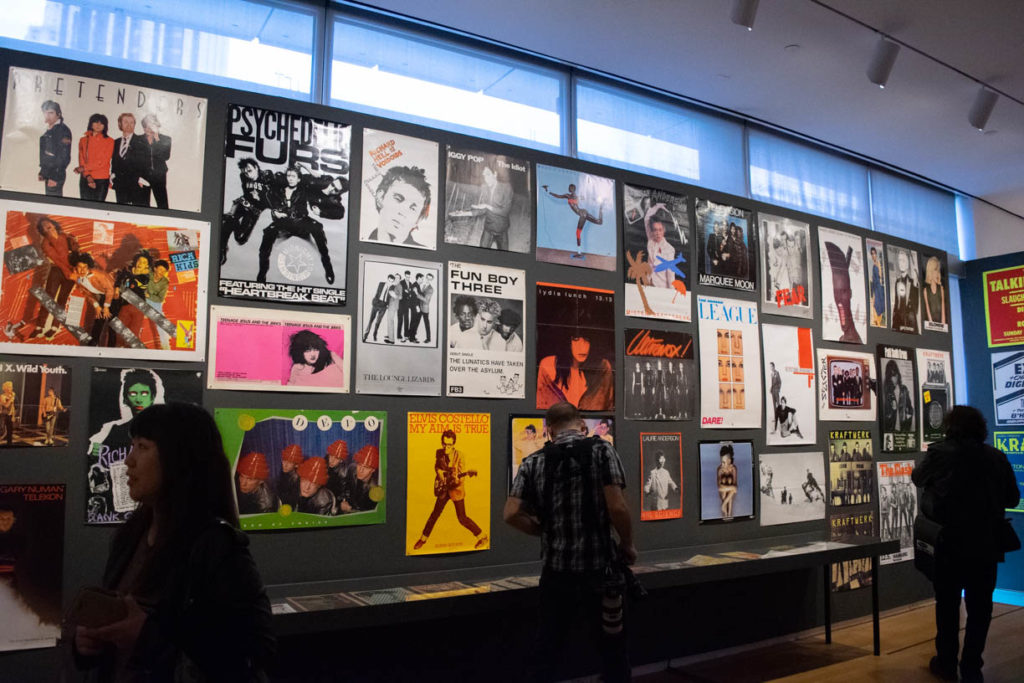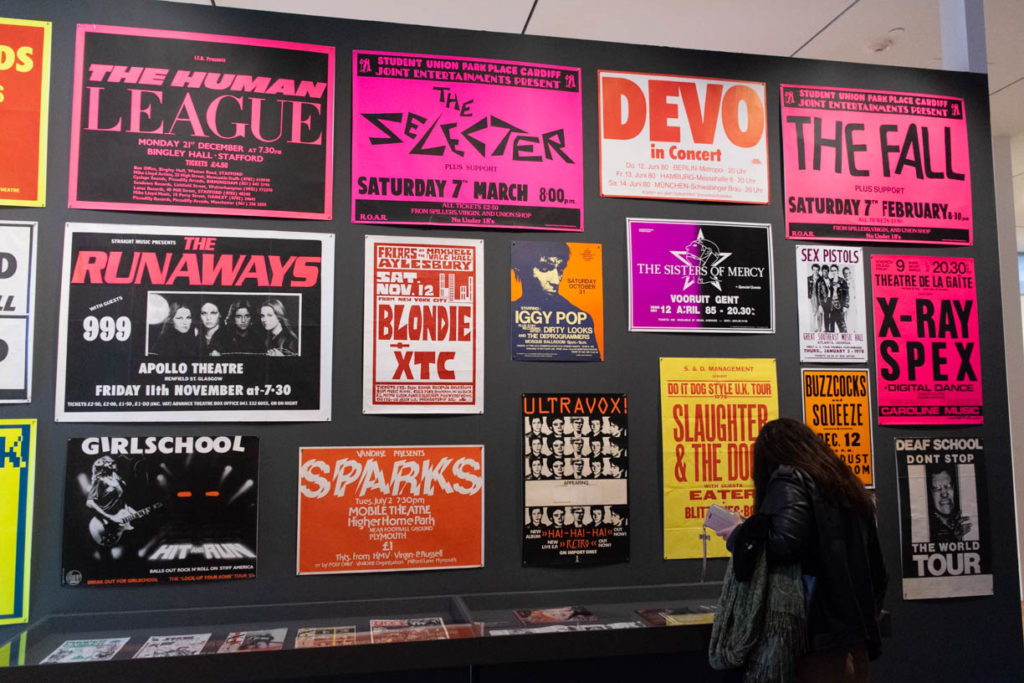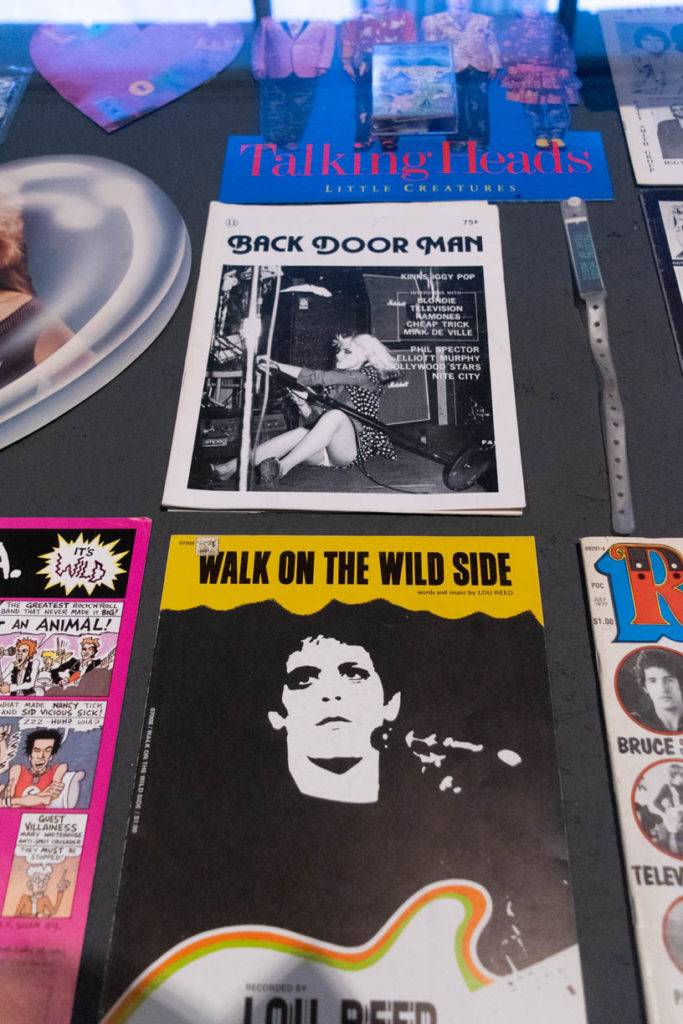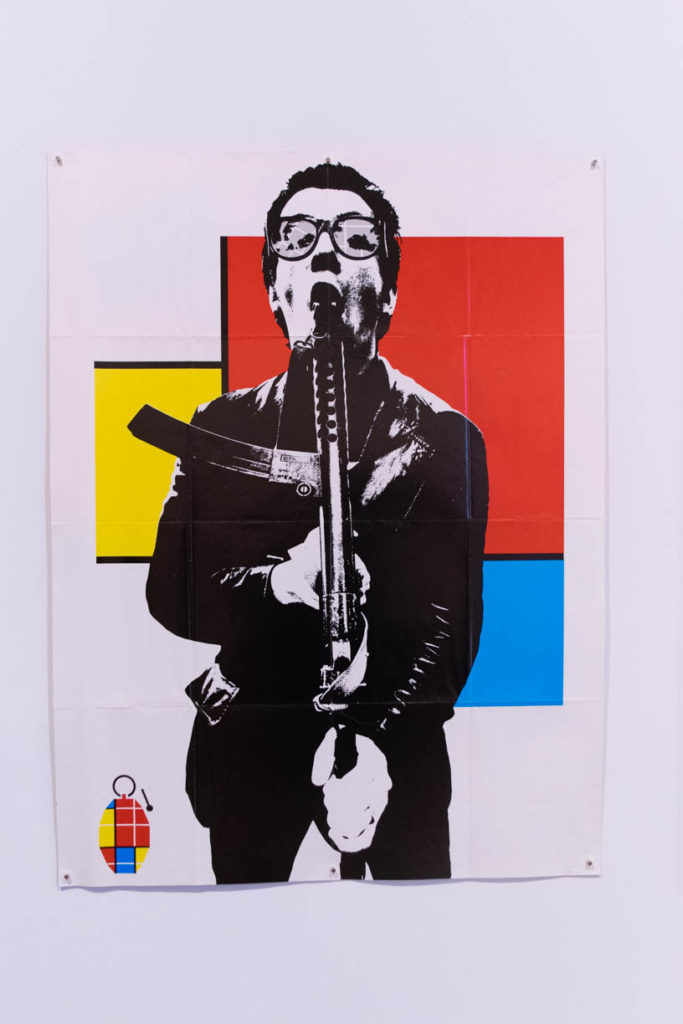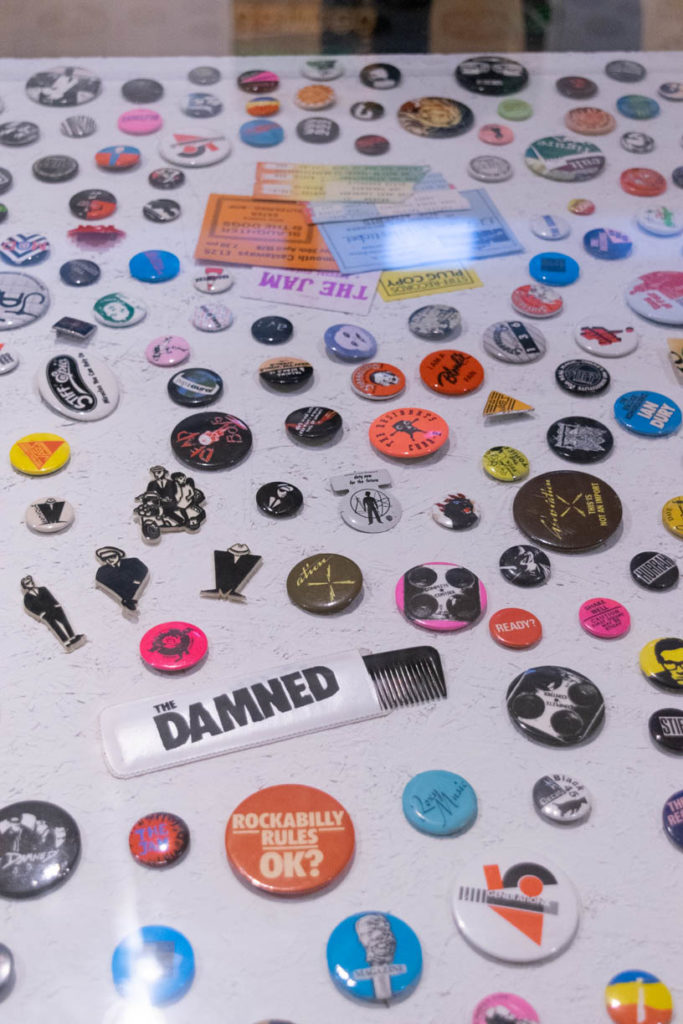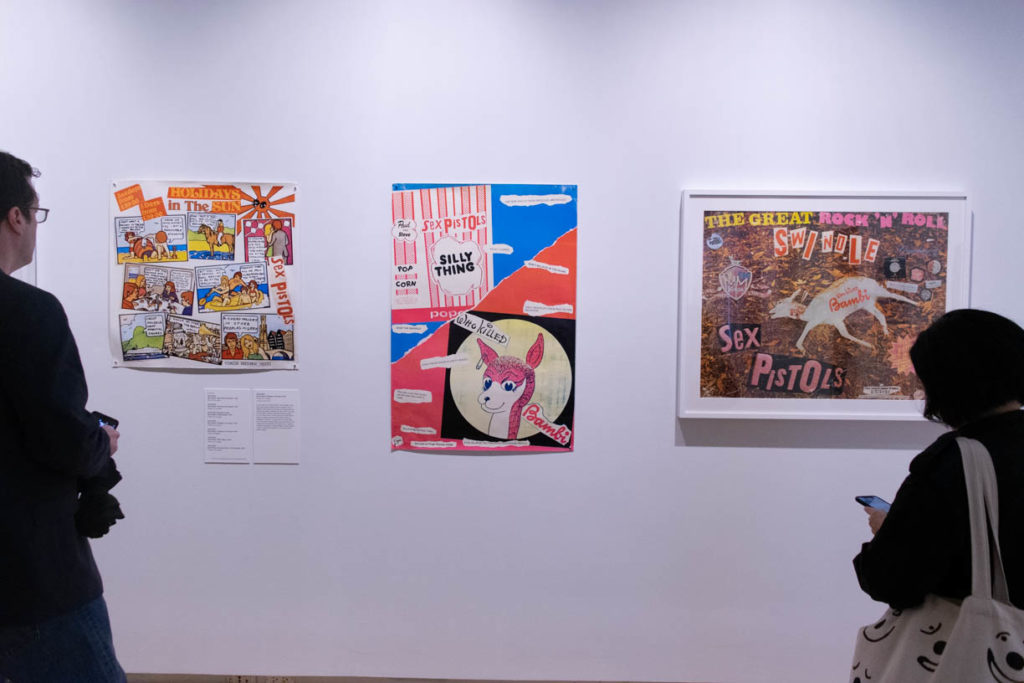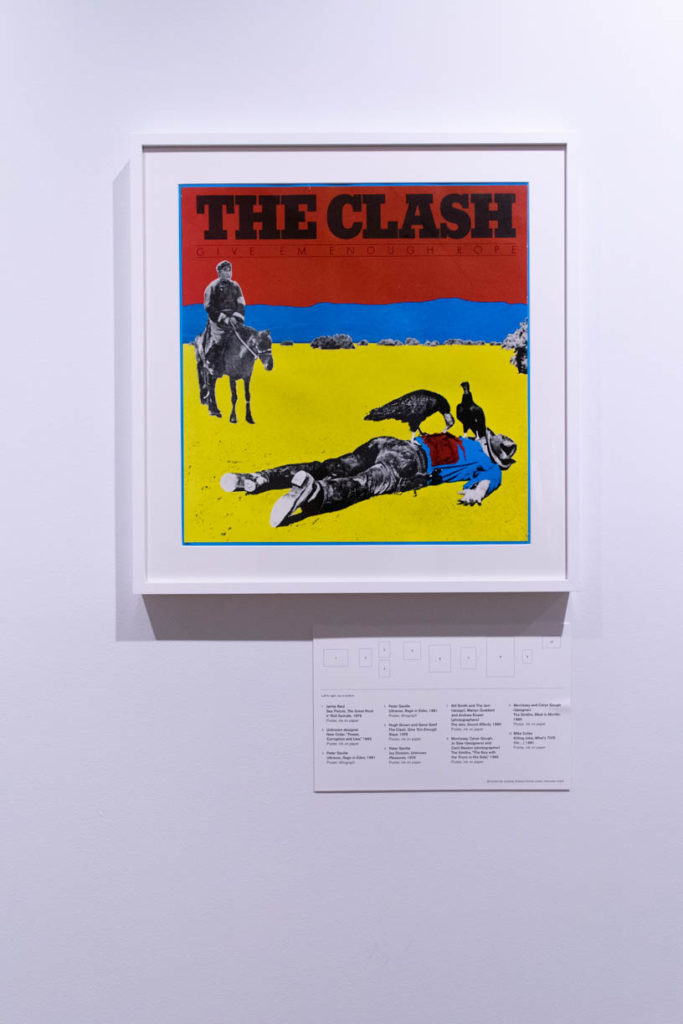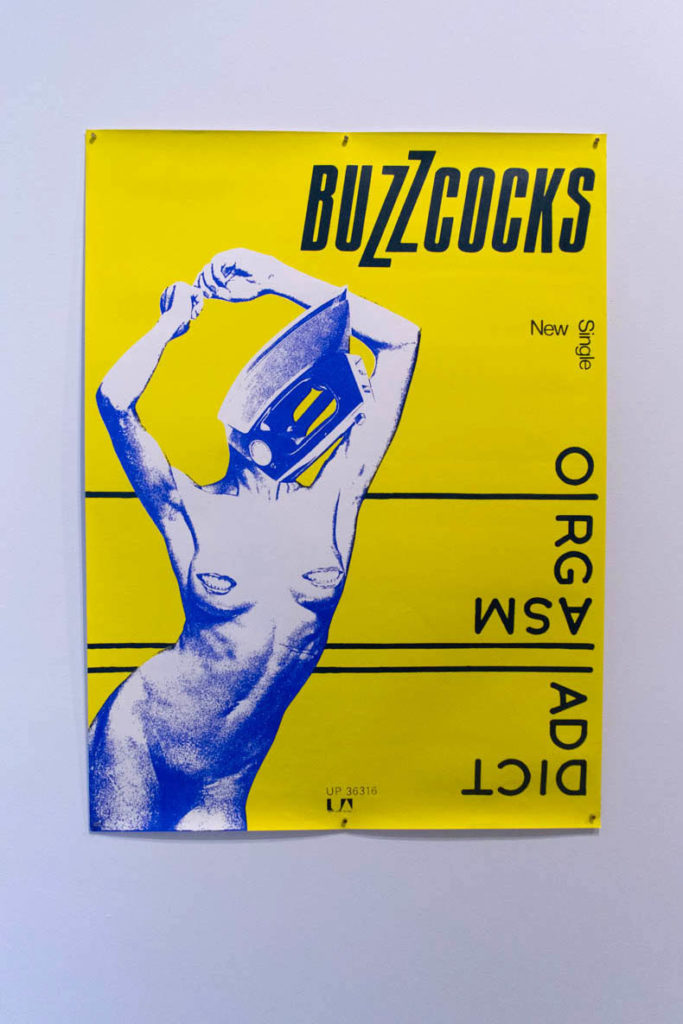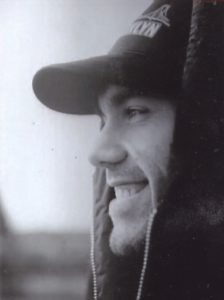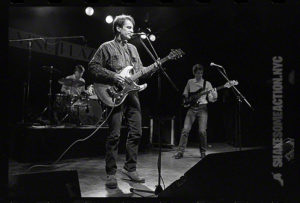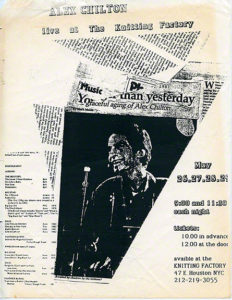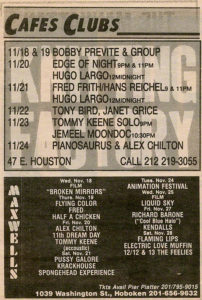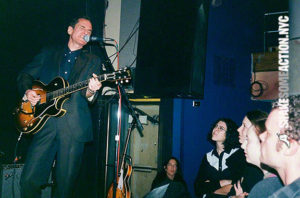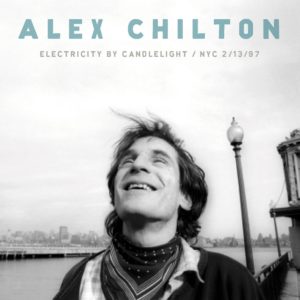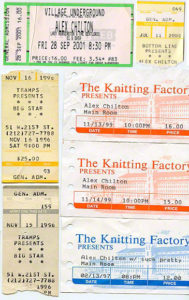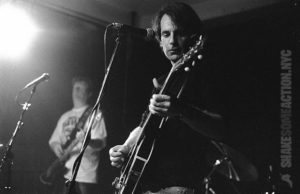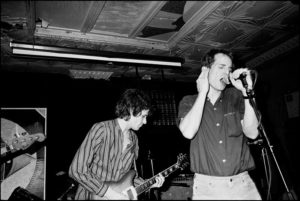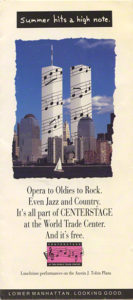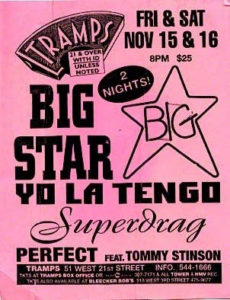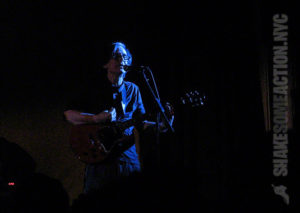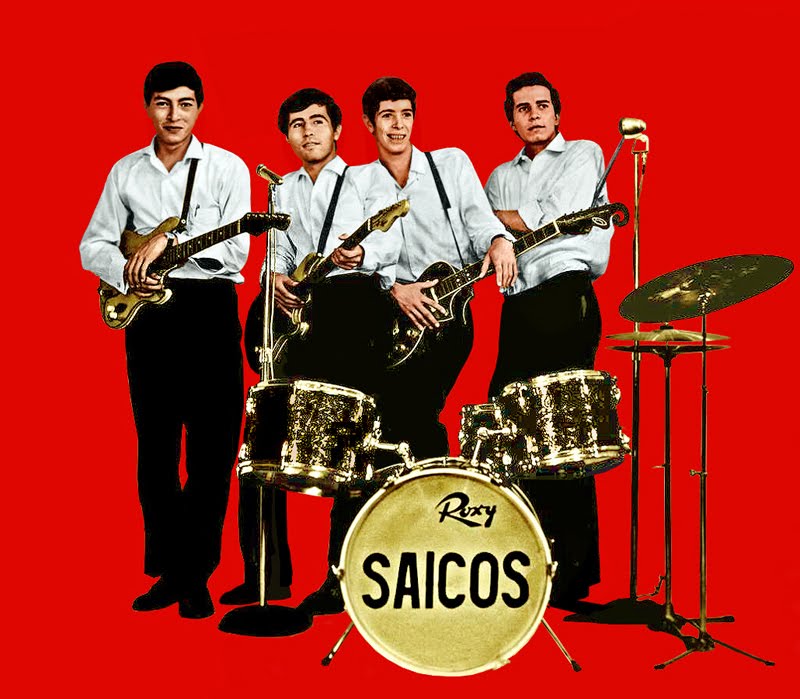While the late 80s/early 90s was a time that defined a lot of things that this site likes to commemorate, none of it would have existed if not for the incredible personalities that mingled during that time.
Sandy Darling was one of those wonderful people who came into the NYC scene like much of us did… via pals. And like most of us, she too found a home away from home within its insular little world. Starting as a young music fan, Sandy gravitated to the garage scene by the early 90s. Even learning to play bass and perform in a short-lived NYC female garage band called Starkist. But mainly Sandy was …just Sandy. Befriending all and being the bright sparkler in a sea of roman candles.
While perusing a social feed last night I came across a small eulogy written by her about the passing of an ex, NYC musician, and artist Charles E. Hall. Sandy penned a wonderful tribute that not only related her feelings but also perfectly described life, love, music, and friendship in the East Village in the early 90s.
With Sandy’s kind permission, I am reprinting it here. A more heartfelt and honest retelling of being young in Manhattan at that time I cannot recall. Her words and feelings not only give life to something many of us experienced but also serves as a wonderful tribute to a person that was dear friends with many in the scene. I’ll leave this in Sandy’s more than capable hands.
SANDY D.: Charles Hall passed away yesterday. Charles E. Hall. He was a kind, smart, and funny man who will be missed greatly. I know this because I already miss him. I would run into him every couple of years, chat for a bit, and later be sad that I didn’t have that pleasure in my life more regularly. But you know…life is weird with exes.
I first crossed paths with Charles in the late eighties. His band regularly played Joey Ramone’s events. We formally met while filming the video for “Merry Christmas I Don’t Want to Fight Tonight“. Charles was wearing the greatest sweater ever – a vintage American flag ski sweater. We entertained each other and shared laughs. He was fascinated by the automated revolving plastic wrap on the public toilet. He talked about it so much that the director incorporated it into the shoot. (Sadly it was cut down to just show Santa puking in the toilet. No motor action!) We had a run-in at Venus Records the following summer and then a date night at a Raunch Hands show.
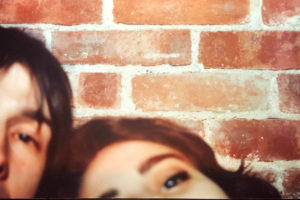
I fell for Charles the way a nineteen-year-old does anything – completely and intensely. Our shared sensibilities in regards to music, fashion, morality, and more were so meaningful to me at that time in my life. It was not a successful relationship. Inconsolable heartbreak at twenty-one fades into a numb memory by twenty-two. And then the rest of your life happens. The hurt that did stay with me was the loss of Charles’s friendship. I always felt I was at my best when responding to his quick wit. And he offered such a different but comforting perspective on the world. I always came away from conversations feeling enriched.
In many ways, Charles relished his privacy and autonomy, so it’s really odd to attempt to memorialize him here. Nevertheless, I feel that people should know a bit about him.
I remember that he didn’t eat bacon because he had grown up with a pet pig. I heard tales of the guitar store in Portland, Maine that his parents owned. He helped me scare my NYU roommate a bit so I could get the room to myself. He told me that had a Snoopy Club when he was a boy. He didn’t have an answering machine. I was confused by him not caring about the movie Grease because it had meant so much to me as a kid. He explained that while I was a six-year-old freaking out to “Greased Lightning”, he had been running away to see Patti Smith play. He kept a six-foot-long antique musket as protection. He was unfailingly polite.
We used to celebrate our vintage scores and occasionally share clothes. (I even got him to give me the American flag sweater!) I recall patchwork leather jackets (lots of greens & browns), my beloved brown suede platforms, striped vintage flares, square-toed engineer boots, super-wide low sling belts, and a glorious yellow Faces tee. I like to believe (against all logic) that I still have the giant vintage drinking glass festooned with misshapen smiley faces that we both bought. I know I have the stars & stripes goblet.
The East Village was the best playground you could ask for. We’d drink at 7A, Sidewalk, and King Tut’s Wah Wah Hut, eat at Kiev, listen to George Jones at The Village Idiot, meet his vegetarian sister at Caravan of Dreams, buy cheap wine at the store on 4th & A, and so much more. I first started eating Indian food with Charles. Knowing me well, as soon as we sat down he told me, “Don’t even think about ordering the chicken vindaloo.” I believe he painted some lettering on the wall of the Ludlow Street Cafe. When he finally got his storefront apartment, there was no electricity so for months he ran an extension cord up to his neighbor Ed’s apartment. Life was creative and carefree.
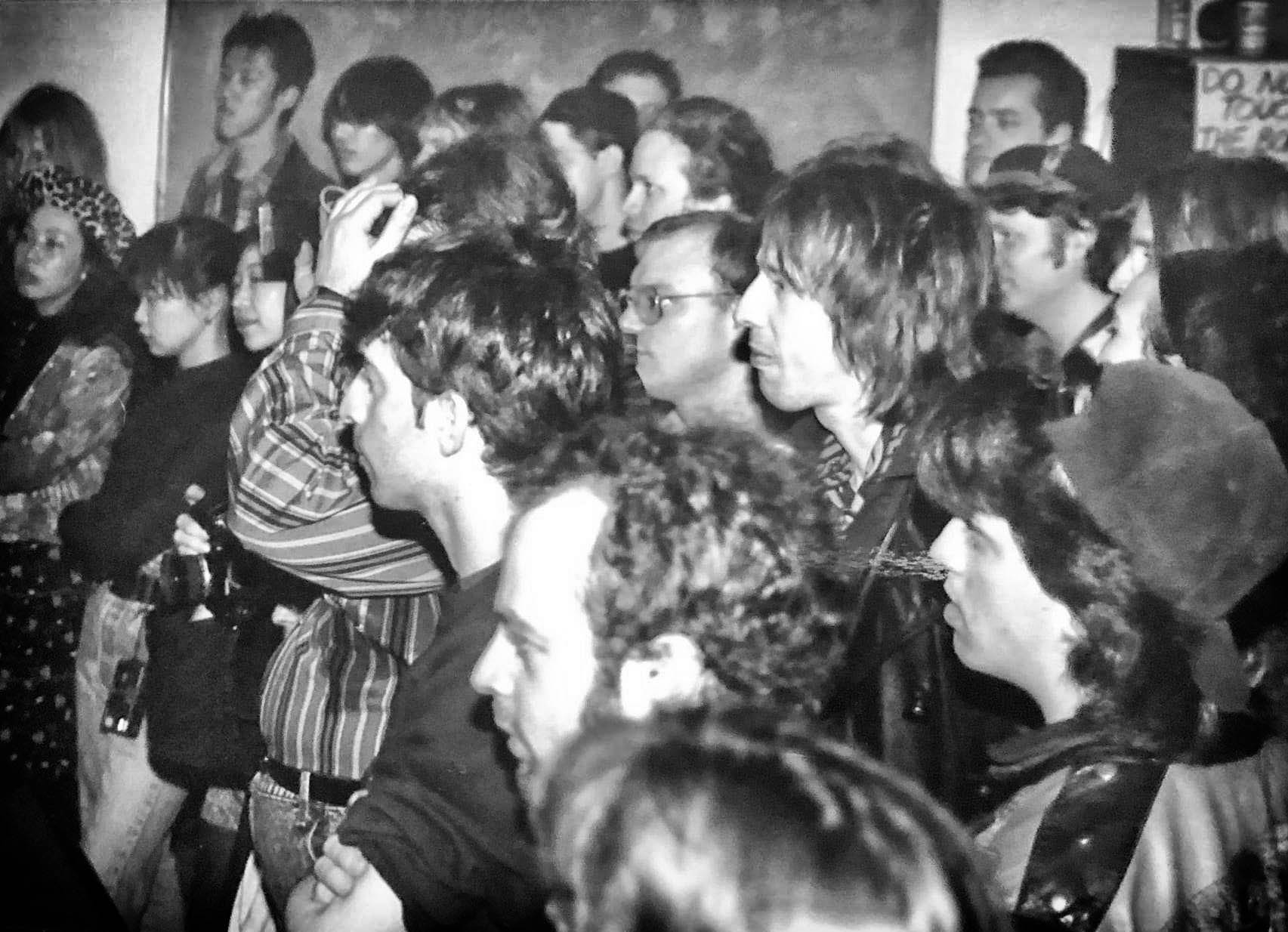
The soundtrack to those years always featured the greatest rock’n’roll. I cared so deeply about that then! Certain artists will always make me think of Charles. 1910 Fruitgum Company, Slade, Shocking Blue, The Flamin’ Groovies. Being in Charles’s 5th Street apartment (a former storefront that used to store hot dog carts and is now a high-end hamburger restaurant) was an experience for all the senses. It felt like the album “Teenage Head” sounds. Charles taught me to play bass. Well…he taught me how to play “Blitzkrieg Bop” and “Strychnine” which was more than enough to enable me to figure the rest out on my own. And downstrokes! Always downstrokes. I still have the gorgeous Mosrite he sold me for a song.
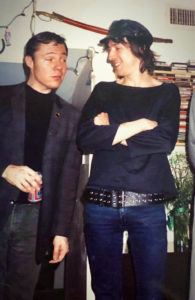
There are so many magnificent and meaningful people that came into my life via Charles. I’m sure I would have encountered most of them on my own at some point, but there’s a sentimentality to the introductions. Foremost are some of the best artists I’m still blessed to know – Mort Todd, Cliff Mott, and Pat Redding. Charles lived with Mort on 7th Street. They had a long and storied history, and I adored soaking it up. There were so many projects from the days at Mort’s Cracked magazine to Mr. A, rock’n’roll comics, etc. Mort might have been one of the most fascinating people I had ever met! One of my favorite memories was going out to eat with Charles, Mort, and Cliff. I mainly just remember the buzz of comic brilliance. They talked art, so Mort wrote it off as a business expense. I ate an appetizer of chilled strawberry soup and couldn’t believe how sophisticated & awesome my life was.
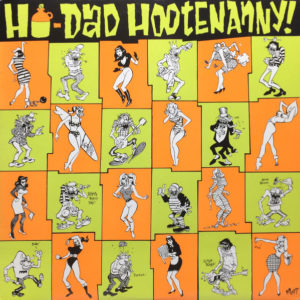
In a beautiful full-circle way, all these characters turned out to be important in Joe’s (ed- Mighty Joe Vincent, Sandy’s husband) life as well. Cliff is a beloved friend and did art for both The Devil Dogs & The Gotham Rockets. Mort was practically the house artist at Crypt. And Pat designed t-shirts & panties for The Prissteens. I went to Tim Warren’s wedding with that crew. I barely knew Tim and didn’t belong there at all, but was so psyched to be hanging with the funniest coolest folks I knew. As a wonderful turn of events, the woman Tim married became a good friend and wound up at my wedding to Joe. Anyway, there were so many other great friendships forged in those days. The Maine garage rockers (Jon Horne and the Chalmers family) and Venus crew. Certain folks didn’t even work there but were still part of the tapestry. Rory, Howie, RatBoy, Alex, and Whitey are the main characters I recall. Whitey brought the rest of The Stiffs into both NYC and our lives. I wound up dating Donnie and living in Stiff Castle for a bit. And years later, Amazing Cherubs drummer Dee Pop lived with me & Joe. It’s a very insular rock’n’roll world. Anyway, there’s surely much more, but I should wrap up my rambling.
Forgive me if there are any factual flaws in my remembrances. I just wanted to share some of the thoughts rushing around in my brain. My point was mostly to paint of picture of a good man. One that was still incredible to know even after a bout of rejection. But also, perhaps, to encourage others to learn the lesson that I seem to need to be taught over and over again. Fight for the people you care about. Don’t let pride rule your actions. Or over-cautiousness. I wish I had pushed for a more active friendship with Charles. I never wanted to be a burden or make anyone uncomfortable. But I lost out on knowing someone whose presence will certainly be missed. Anyway, hug your friends. Oh right, it’s 2020. Tap an elbow, Zoom chat, send an emoticon. Get what you can. ![]()

